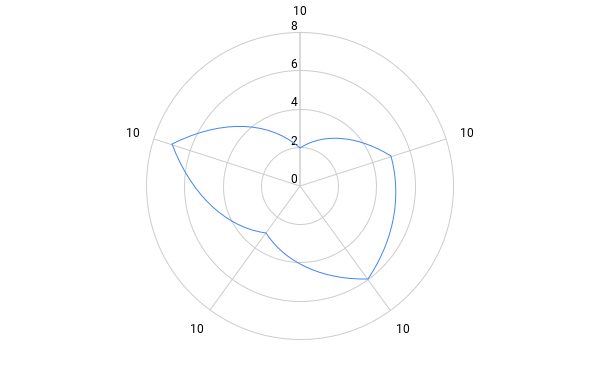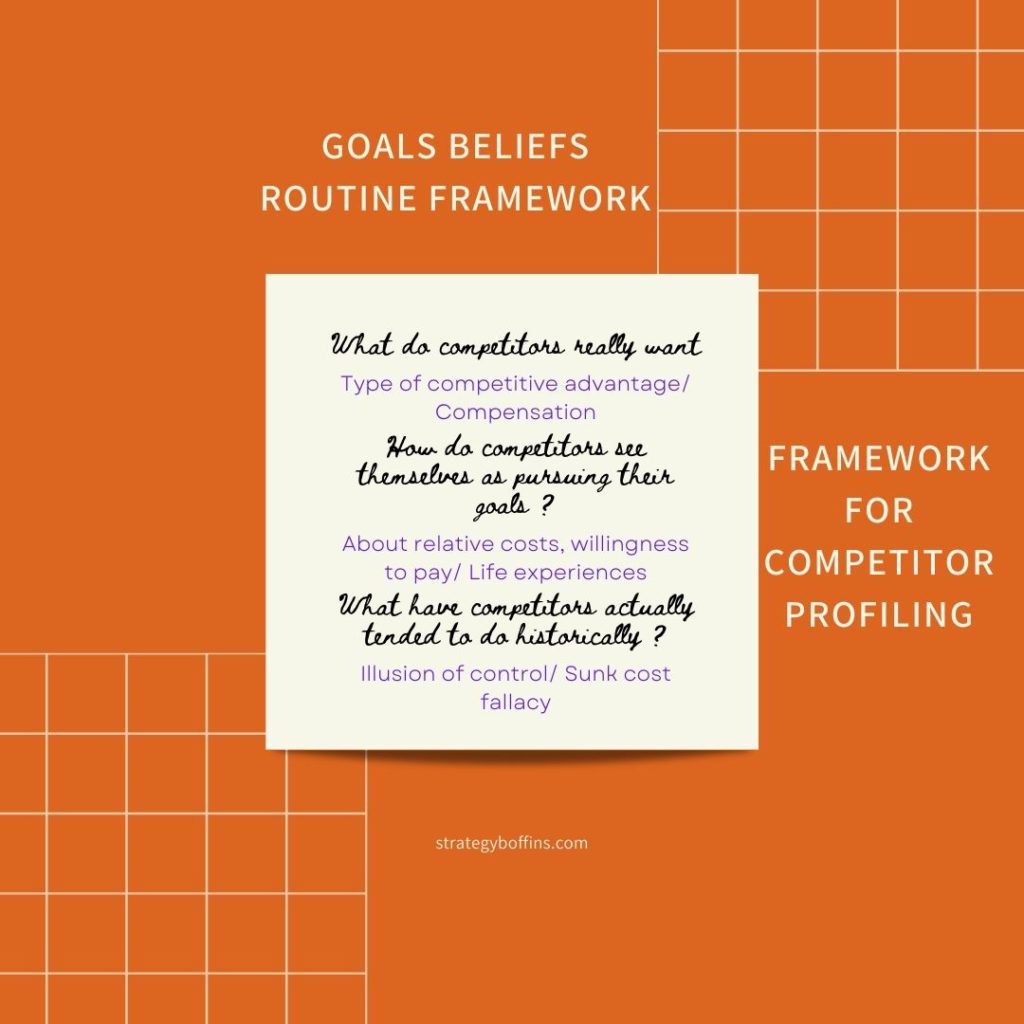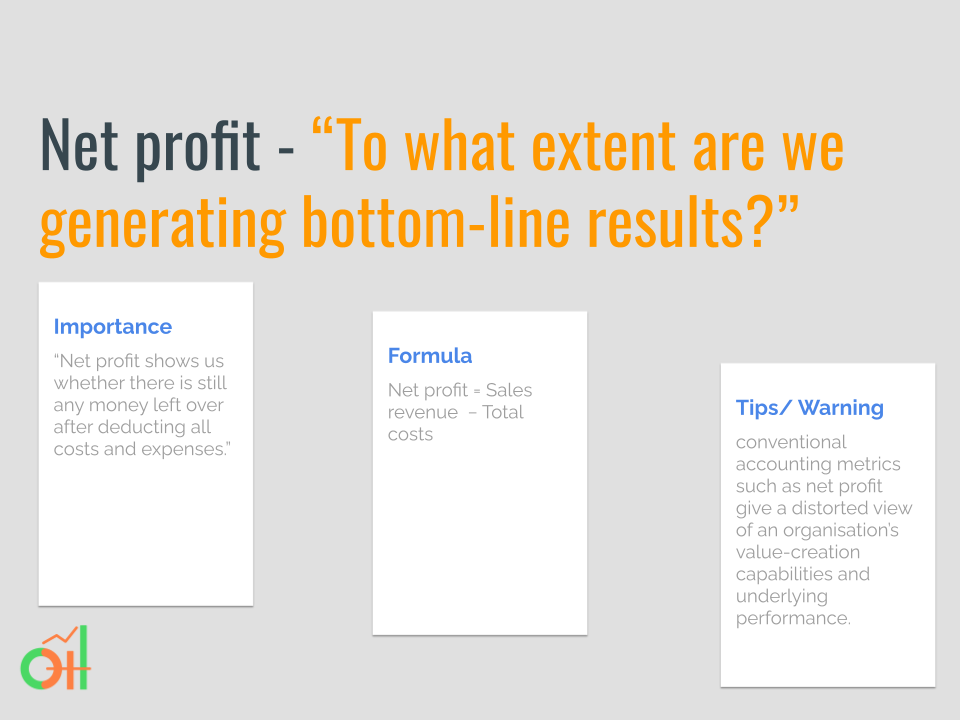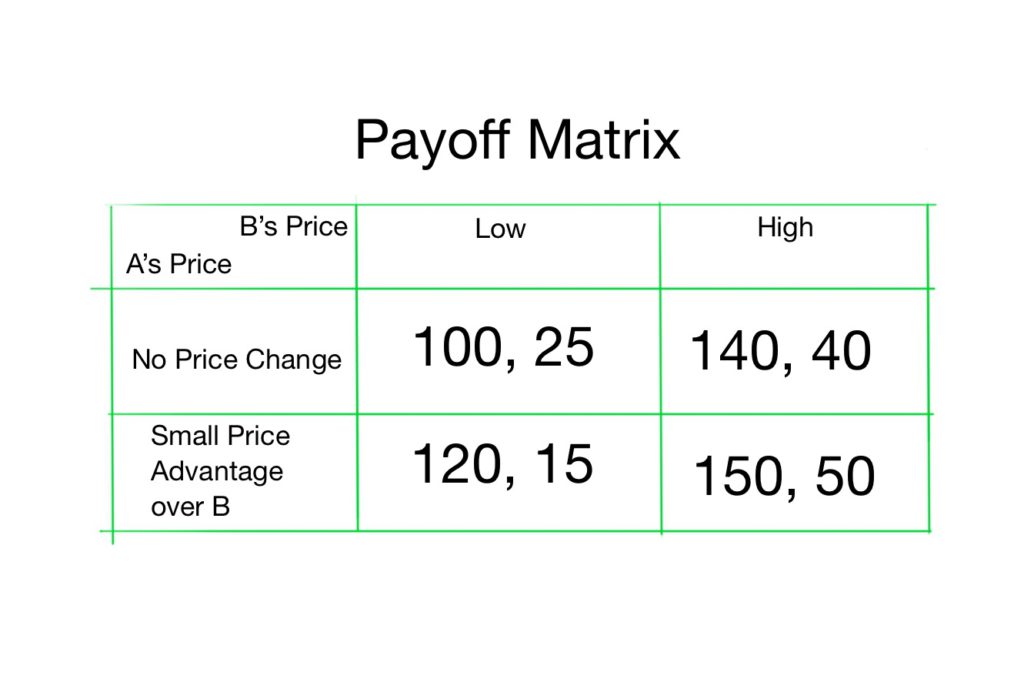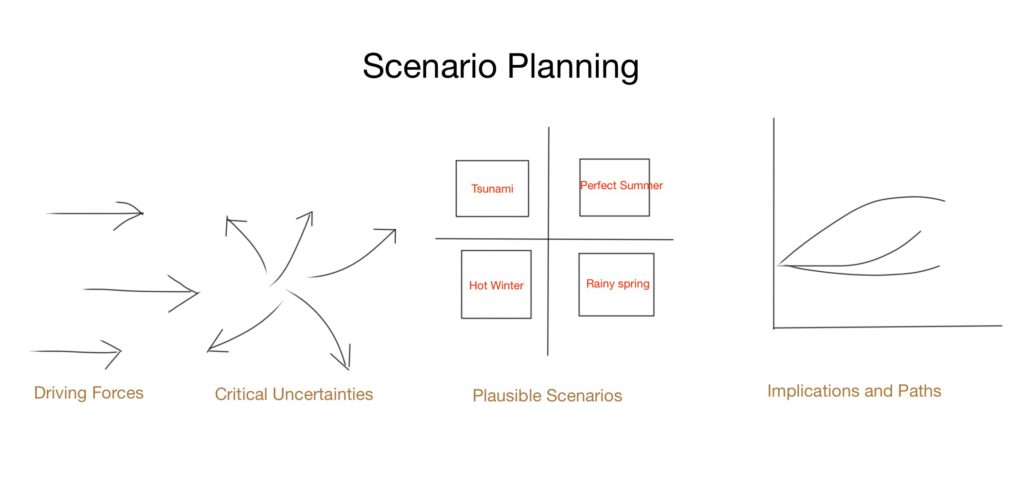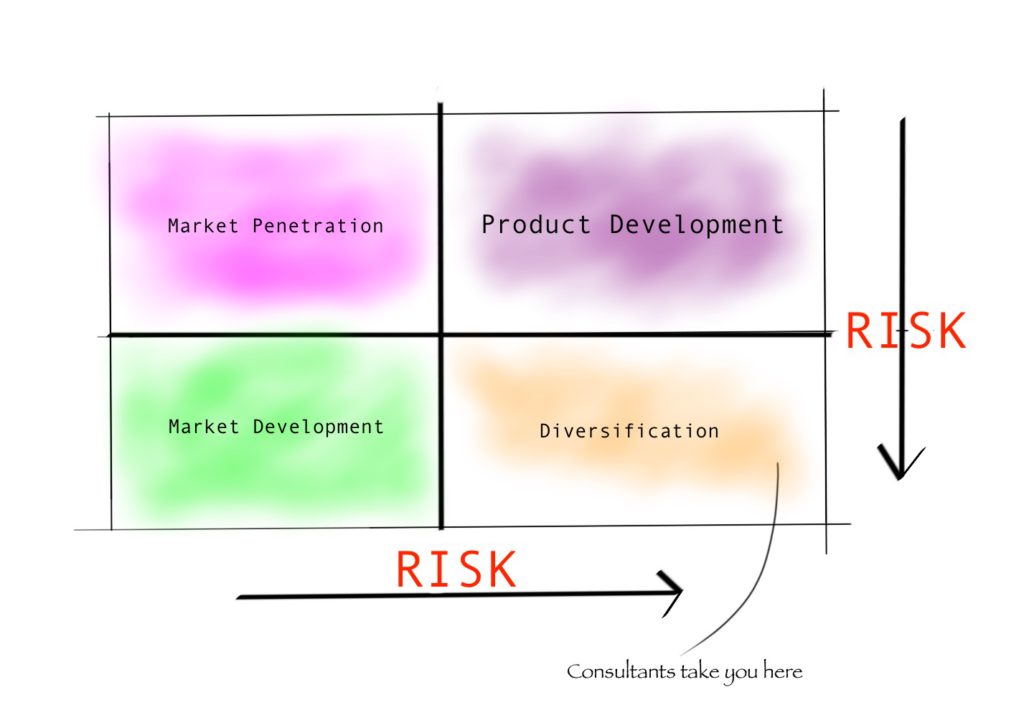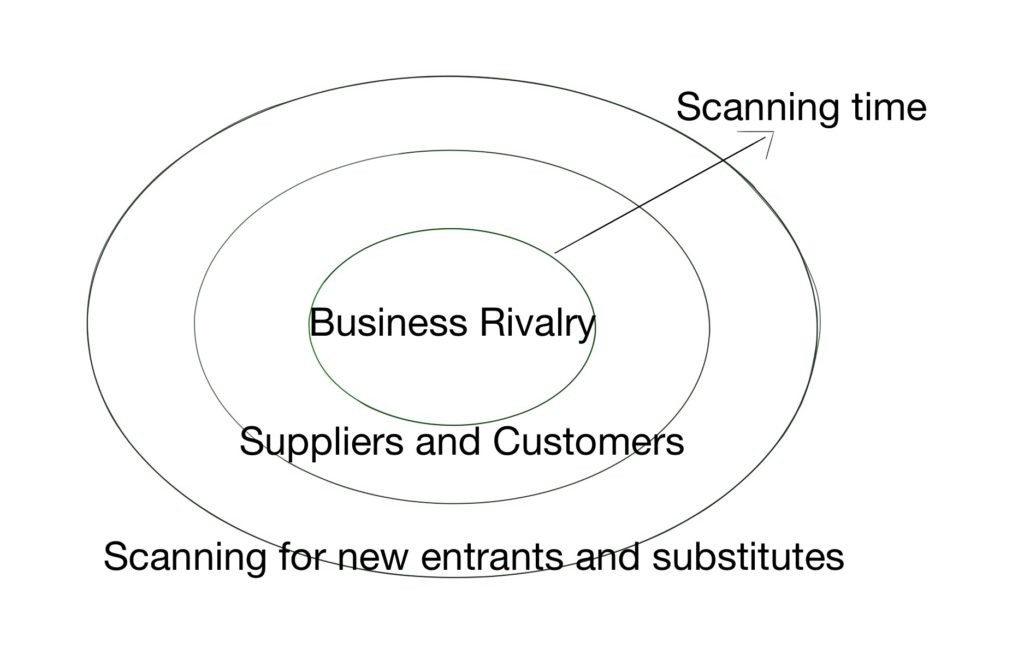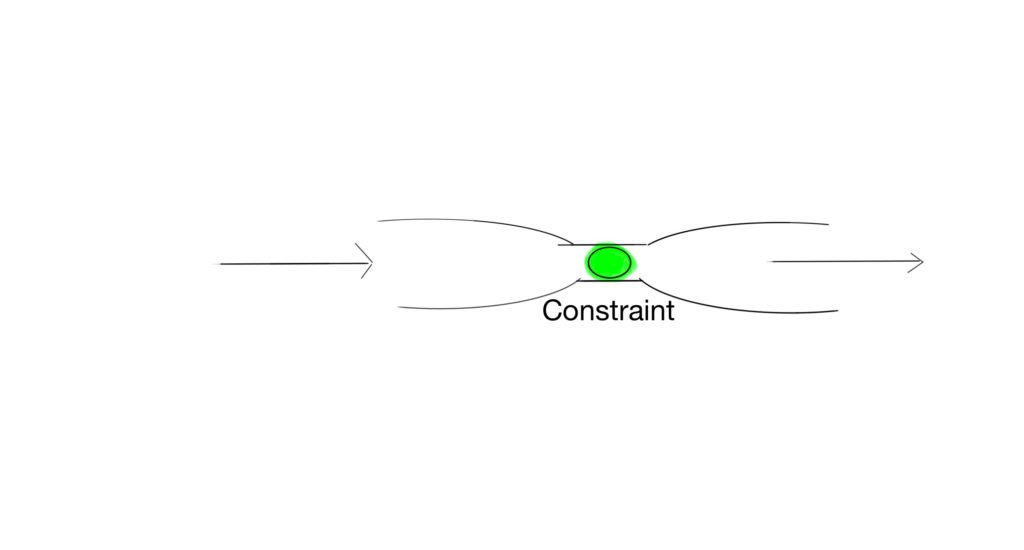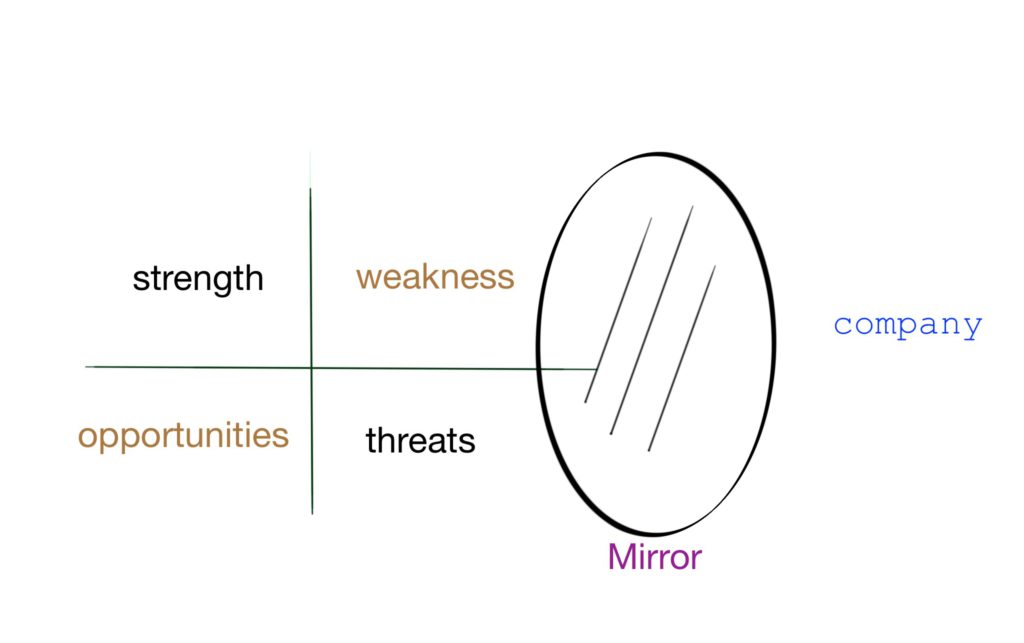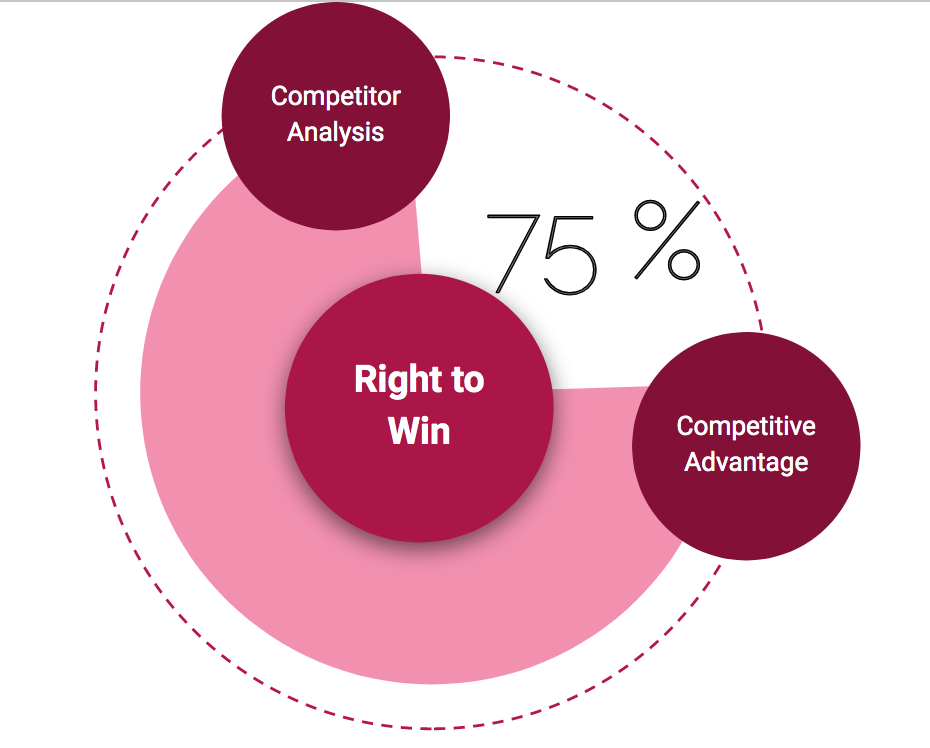
The right to win is a combining two parts of the business strategy – Competitive advantage and competitor analysis. It analyses the company’s ability to compete against competitors and having a a better-than-even chance of success. Quantitative analysis can be carried out by giving different weights and arriving at a number which could tell if the company has the right to win in a market segment.
The right strategy allows companies to get ahead of industry and geographic trends, adapt to new business models, exit businesses that no longer make sense, and enter new markets that they have the right to win. – Mckinsey
To apply the “Right to Win” in a strategic context, a company must first conduct an in-depth analysis of its resources, capabilities, market position, and competitive landscape. This involves:
- Resource and Capability Analysis: Understanding what unique resources (like intellectual property, skilled workforce, or efficient processes) and capabilities (such as innovation, customer service, or supply chain management) the company possesses.
- Market Position Assessment: Evaluating the company’s current position in the market, including its market share, brand recognition, and customer loyalty.
- Competitive Landscape Review: Analyzing competitors’ strengths and weaknesses, market trends, and potential disruptors.
- Alignment with Strategic Goals: Ensuring that the company’s unique strengths are aligned with its long-term strategic goals and objectives.
- Execution Strategy: Developing a clear execution strategy that leverages these strengths to achieve competitive advantage.

